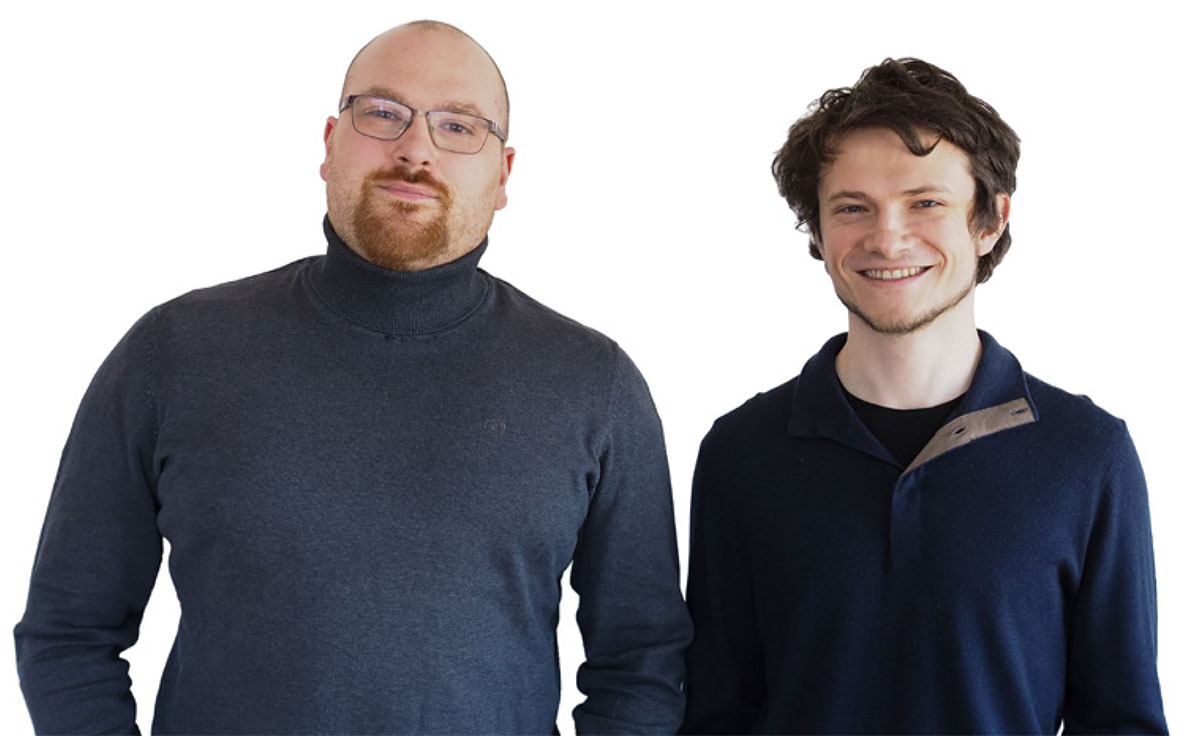Digital twins as a service. The simercator vision
Gast article simercator
The simercator founders Philipp Stelzig and Benjamin Rodenberg are developing a technology that permits companies to securely share simulation digital twins across company boundaries – without having to distribute them.
Digital twins need digital supply chains
Manufacturers of mechatronic systems often rely on suppliers for individual components or subsystems. Today, system manufacturers need a multitude of digital assets for their supplier parts, such as geometry data (CAD) for development or parts lists and manuals for maintenance during operation.
Unlike in the software industry, where developers have been exchanging software modules via platforms such as GitHub or GitLab for many years now, in the industrial arena the formalisation of digital supply chains is only just beginning. For example, the so-called asset administration shell from the "Platform Industry 4.0" as a standard for data exchange, or the specification of a data ecosystem for the automotive industry based on Catena-X.
Simulating digital twins
Simulation models play a special role among digital assets. Generally speaking, simulation digital twins, which system manufacturers use to virtually ensure the correct function of the supplier part in the system already at the development stage. While a simplified geometry model is sufficient to describe, for example, the installation space of a connector on a PCB, a simulation model must contain detailed geometry data and material models for the force-dependent contact resistance of the connection. In addition, simulation models will only ever provide accurate predictions within a certain range. In addition to the protection of know-how in simulation models, the control of correct use is therefore far more crucial than with other digital assets.
Digital twins with simercator: Streaming instead of distributing
With the inception of the Functional Mockup Interface (FMI), a standard was created in 2010 in the industrial sector, which has since undergone continuous further development. The interface enables the exchange of simulation models between different simulation software solutions, mostly in compiled binary form. While the binary form provides adequate protection of mathematical formulation and parameter sets, the standard does not provide inherent control over the use and distribution of the models.
In response to this situation, simercator has developed a special method to provide Simulation Models as a Service (SMaaS), fully scalable and as accustomed in FMI standard. The method provides effective control over distribution and use. In this way, a model provider can make its simulation model available to a model user as a "double" of the original model by way of a simercator hub instance, while the original model remains securely on the server of the simercator hub instance. For the model user, the double is identical in use to the original model. Only during the simulation time will the double (client) and the original "stream" the data necessary for simulation by way of the simercator hub instance (server) and involving an encrypted network connection. Based on this architecture, simercator can even implement interactive data analysis of usage for both the model provider and the model user, in addition to capabilities for result traceability, model versioning and model management.
Mechatronics development as fast as software development
A convenient and streamlined exchange of digital assts will be a game changer for industry and will enable development speeds possible similar to those in the software market. Start-ups and standards will provide the necessary technology. It is decisive that the mindset of companies will also understand this development as an opportunity.

